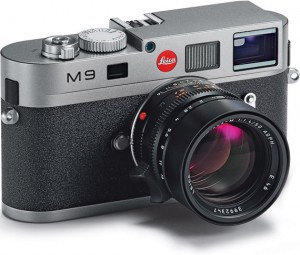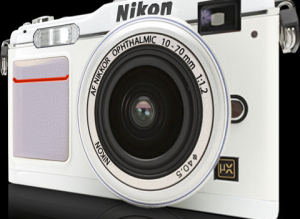This week I will follow on the subject I talked about in my last post: cameras. Since its invention and access to the main public, cameras have evolved in many ways and directions. Once the technological advances allowed it, products focused in different market sectors started to appear. I got the idea for this post in this video of Malcom Gladwell I saw a year ago on the great site TED.com (I really recommend it, and this one particular lecture is an example of how in marketing it is easy to explain concepts in a different but effective way).
Nowadays we are used to having many choices of features in everything we buy, but in the camera market, as in the sauce one, there was a time when “chunky” wasn’t an option. I won’t go through all the options offered in recent history, so if you went right now to a electronics store you could choose between compact, bridge, mirrorless interchangeable lens (MILC or EVIL) and DSLR cameras, assuming of course that 99% of the cameras sold and offered today have digital sensors. There are more options for professionals and dedicated amateurs such as ragefinder devices, but not everyone has 7000$ to spend in just the body of a wonderful Leica M9 (coupled with the cheapest lens available at only 1000$). Of course Dmitry Medvedev, Russia’s current President and advocate of the german-designed gadget1, might think differently.
The design of the M9 is certainly outstanding though. A piece of art!
Very popular brands (Olympus, Panasonic and Sony) have been constantly expanding their product line in order to keep up with new discoveries applicable to new market segments. Almost every brand now has a entry level compact and a serviceable mid-level bridge camera, but those have also entered the EVIL market. What I found really interesting is the reticence of some established reputable firms (Nikon and Canon) to expand their product line any further to include those. They already produce the “cheaper mainstream” cameras that every aficionado avoids madly and that deprecate the brand’s prestige value, so why not produce a model incorporating the lens and build quality of their mirror operated DSLRs to compete in a market that is gaining adepts at a more than decent rate?2
Artist’s view of Nikon’s EVIL (unknown source)
_____________________________________
1For more information, Leica’s corporate webpage here
2In 2010, despite being a new technology used mainly by the infamous “early adopters”, it accounted for a reported 10 to 20% of the market share



2 replies on “Smile!”
Interesting post, A. We’ve got one of the newish DSLR cameras in my house and we’re continually impressed by its performance at the price point. Do you think these manufacturers are successful in their strategy to extend their product lines to new target markets while still maintaining their brand reputation? Why DO you think Nikon and Canon have resisted this strategy?
Keep up the good work with the regular posts:)
E
Thanks for the comment! I think that in photography it is difficult to extend product lines to more casual users without losing reputation in the professionals market. The quality of lenses has to be wider with the expansion, and then you generate doubt whether they invest enough on high end products anymore. But even if margins are higher for professionals, the market for easier to use cameras is too appealing to pass up. What surprises me is that Nikon and Canon already have cheap DSLR cameras available and even bridge cameras with bad lenses (I have a friend with the P100 model and its picture quality did not impress me one bit) so it feels natural to enter a market that lies between those too. I can even use their high-end lenses with a cheap adapter!
One of the reasons I see for not entering would be to maintain proprietary equipment sets (EVIL cameras can use most of the lenses ever manufactured) so they tie you to the brand long term (I have another friend with this problem and my father also experienced it years ago. Now he uses Olympus as well). Another reason could be the product in itself which has prices that tend to attract conservative customers; it has been already shaken up with the arrival of digital sensors, which were for sure an impact to those already established brands.
Andreu